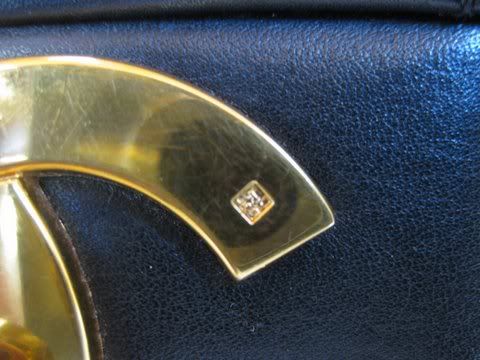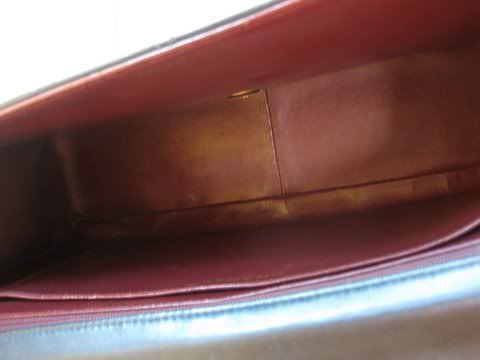
Leather Doctor®
Kit A3 : Aniline Leather Standard Care Kit
Contents:
Leather Doctor® Prep-4.4 in 60ml
This is the leather-safe milder version of Prep-7.7 with a Ph value of 4.4. It’s high viscosity; designed to be painted on neatly; with a foam brush onto the leather. It works by allowing sufficient dwell-time; to penetrate, lubricate and suspense foreign soil contamination; prior to extraction with towel. It’s is used to strip foreign soil contamination prior to refinishing. Also as stains remover for: Grease based ink stains like ballpoint ink.
Water based ink stains like stamp pad ink. Dye transfer stains like blue jeans, ink prints and newsprints.
Leather Doctor® Cleaner-3.8 in 250ml.
This is a Ph 3.8 all purpose leather-safe anionic cleaner that is particularly effective in emulsifying oily soils and in suspending its particulates. It works by penetrating, lubricating and suspending soiling safely and effectively through gentle chemical reaction; working in perfect harmony with all leather constituents that include the tanning agent, preservative, dyestuff and especially the fatliquor. It’s safe for all leather trims including; aniline, vachetta, nubuck and suede. This product is always followed through with Rinse-3.0 as a system to a healthy squeaky feel.
Leather Doctor® Rinse-3.0 in 250ml.
This is a pH 3.0 aqueous anionic leather-safe rinse to neutralize harmful alkaline and perspiration residues; for stabilizing and strengthening leather to its neutral pH value of 3 to 5 chemistry integrity. It’s safe for all leather trims including; aniline, vachetta, nubuck and suede.
Leather Doctor® Hydrator-3.3 in 250ml
This is a pH 3.3 aqueous leather-safe hydrator with active surfactantcy for lowering the interfacial tension between the protein leather fibers and its constituents. It’s for relaxing creases and wrinkle and eliminating them while damp prior to fatliquoring it. It’s for hydrating dried, stiffed or shrunk leathers to separates the crushed, stick together fibrils and relaxes them in the inter-fibrillary leather structure for effective distribution of the Fatliquor-5.0. It’s for charging the leather protein fibers below its iso-electric point positive to hydrogen-bond with the ionic negative charged Fatliquor-5.0. It’s for facilitating colloidal water movement within the leather structure during the wicking process to move soiling particulates to the surface. It’s for reactivating the dormant dyestuff to resurface thus reducing the contrast between the color coat and the leather crust. It’s for reducing or eliminate blotchiness when dry especially absorbent leathers. It’s for facilitating better finish penetration during refinishing thus providing good surface properties, especially the uniformity of surface dyeing during aniline refinishing. It’s safe for other leather trims that may include aniline, vachetta, nubuck, suede, hair-on-hide and woolskin.
Leather Doctor® Fatliquor-5.0 in 250ml
This is a pH 5.0 anionic charged micro emulsion fatliquor leather rejuvenator. It’s for replenishing original fatliquor that has diminished thru sun-bleaching, ageing, heat and alkaline exposure or cleaning. It penetrates and lubricates the leather fibers so that after drying, they are capable of sliding over one another smoothly. Besides softening the leather with stretchability, compressibility and flexibility; fatliquor enhances its rip tensile strength greatly thus reduces split or tear to the stitching and perforated holes. It relaxes coarse breaks, creases and wrinkles to provide drapes, suppleness and prevents cracking. It helps to keep leather at its optimum physical performance and prevent premature ageing. It’s safe for all other leather trims including; aniline, vachetta, nubuck, suede, hair-on-hide and woolskin. It is available with infused leather scent as Fatliquor LS-5.5.
Leather Doctor® Protection-B+ (Leather Scent-B) in 120ml.
This is a non-film forming, non-stick rub resistant protector that enhances a soft natural buttery-feel with an unforgettable classic leather scent. It’s for imparting a non-stick breathable barrier essentially to shield the detrimental effects of sticky soiling including the nasty ballpoint ink. It is effective to release those tenacious dye-transfers stains especially on light colored leathers easily, without resorting to unnecessary color refinishing. Its natural buttery-feel protection increases the leather resistance to wet and dry rubs, thus reduces stretch, scuff and abrasion. And it reduces friction squeaks that wear the finishes when leather is rubbed against during used.
Horsehair Detailing Leather Brush-1
This horsehair detailing brush is ergonomically designed to be an extension of our hand with sturdy grooved grip, designed to produce an effective result easily and efficiently for many years to come. It’s recommended for all smooth leather, to deliver a scratch-free agitation cleaning. The length is 7 inches with a three row 1½ inches bristles cleaning head.
PolyBrush®
This is the 3” made in USA washable foam brush that last. It’s used for spreading the Prep-7.7, rinse clean and thereafter used for the leather Scent-B and Scent-D application to prevent overspray.
Washable Rags
This rag works like cloth, lint free and highly absorbent for extracting suspended soiling or for wiping the leather Scent-B and Scent-D during routine easy cleaning-protection application.



















